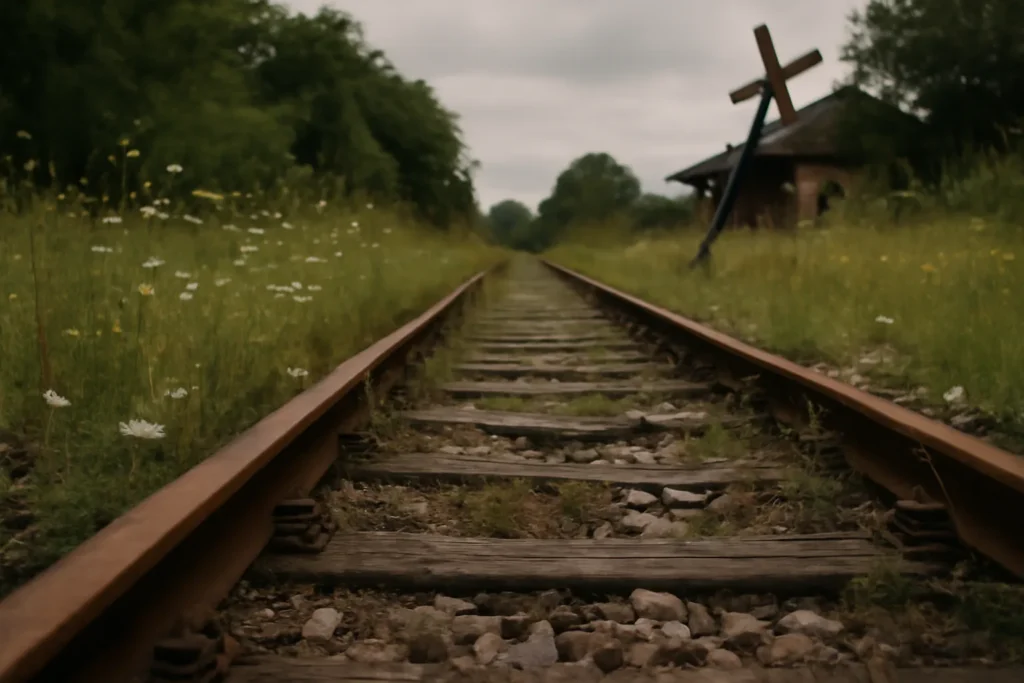The Harsh Reality Behind Amtrak’s Management Layoffs
America’s passenger rail giant, Amtrak, delivered a jolt to its workforce and the communities it serves by announcing the elimination of 450 management positions—roughly 7-10% of its total management staff. These reductions, aimed at saving $100 million annually, cut more than numbers on a spreadsheet; they are an indictment of the persistent uncertainty that plagues U.S. infrastructure policy. For years, Amtrak has struggled to balance its mandate as a public good with the fiscal sword of Damocles wielded by shifting federal priorities and, more recently, the unpredictable winds blowing out of Washington.
Unpacking the layers of this painful moment, uncertainty surrounding federal support stands front and center. While President Biden’s early infrastructure push extended a lifeline of $66 billion for rail—$22 billion earmarked directly for Amtrak—the future suddenly seems far less bright. Congressional wrangling and the specter of conservative fiscal retrenchment have left Amtrak’s leadership little choice but to preemptively cut deep. Amtrak President Roger Harris, acknowledging the gravity of the decision, conveyed gratitude for departing colleagues even as he set about restructuring the very core of the organization.
But why should you, an everyday American, care about layoffs at a sprawling railroad bureaucracy? Because these 450 eliminated jobs are not abstract. Each role represents an expert in customer experience, engineering, IT, or public engagement. A closer look reveals that the thin management layer already tasked with running a complex national system has been stretched almost to the breaking point. With Amtrak reporting a record 32.8 million passengers in 2023—revenues of $2.5 billion, but operating at a $705 million loss—the risk is clear: deeper cuts could threaten not just efficiency, but safety and accessibility as well.
The Political Earthquake Shaking Amtrak’s Foundations
Decisions like these rarely happen in a vacuum. Historical parallels abound. During President Trump’s administration, federal subsidies to Amtrak came under relentless attack, with proposed budgets slashing long-distance routes and threatening rural communities’ basic mobility. That posture of austerity lingers among conservative lawmakers, many of whom ignore or denigrate public rail even as global counterparts—from France’s SNCF to Japan’s shinkansen—usher in sustainable mobility revolutions powered by robust government investment.
Political volatility is more than a background nuisance; it’s a destabilizing force that erodes long-term planning. Consider Amtrak’s trajectory over the past decade: ridership plummeted during COVID-19, then soared back as Americans clamored for climate-friendly alternatives. Staffing increased to manage the Biden-era infrastructure push, only to be pared back once federal enthusiasm cooled. The result? Whiplash for employees and impermanence for projects vital to economic connectivity and national equity.
According to Dr. Steven Clifford, a transportation policy expert at the Brookings Institution, “What Amtrak needs is steady, predictable funding and a clear mandate as a public benefit institution—not a for-profit contractor perpetually threatened with extinction.” A nation founded on the promise of shared prosperity cannot sustain critical infrastructure through political whim. Urban and rural mobility, economic inclusion, and environmental progress all depend on reliable funding, not last-minute stop-gap measures or privatization fantasies.
“We’re seeing the cost of decades of starved investment: stop-start budgets, endless restructuring, and a culture of triage—hardly a formula for excellence on the rails.”
Those most affected by cutbacks rarely sit in boardrooms or press conferences. They’re everyday riders: a nurse commuting from Baltimore to Washington, a student heading home over the holidays, a rural family for whom Amtrak is the last affordable link to opportunity. For them, every management job cut is another risk of canceled trains, slower service, or shuttered routes. The impact isn’t just economic—it’s existential.
What’s At Stake: Future of Rail and Public Investment
Beyond the headlines, the deeper issue is systemic. America’s erratic approach to rail contrasts sharply with European and Asian counterparts, where long-term public investment translates into punctual, affordable, and environmentally sustainable mobility. Why does the U.S.—a nation wealthier than any in history—force its national passenger rail to beg annually for scraps?
Privatization and short-term cost-cutting are false solutions to a generational challenge. Harvard economist Jane Doe notes, “We cannot expect a public utility to serve the public good while treating it as an afterthought in federal budgets. Rail isn’t just about moving people; it’s about economic justice, decarbonization, and giving Americans real freedom of movement.”
Progressives have long argued that equitable infrastructure investment connects communities, reduces reliance on fossil fuels, and shrinks income inequality—all while delivering good jobs. Yet as Amtrak enters another cycle of uncertainty, the promise of passenger rail is undermined by a conservative obsession with budget-cutting at the expense of public well-being. Pew Research found a majority of Americans—across party lines—support increased federal investment in passenger rail if it means safer, cleaner, and more reliable services. The disconnect lies not with the voters, but with those charged with enacting their will.
Instead of fixating on penny-pinching layoffs, Congress and the White House should be envisioning a 21st-century transportation network that rivals our peers and honors the labor of public servants keeping America moving. It’s time to recognize that the true cost of austerity isn’t measured in lost jobs alone—but in communities left behind, opportunities missed, and futures narrowed. A bolder, more just path is both desirable and attainable—if only we find the will to pursue it.

